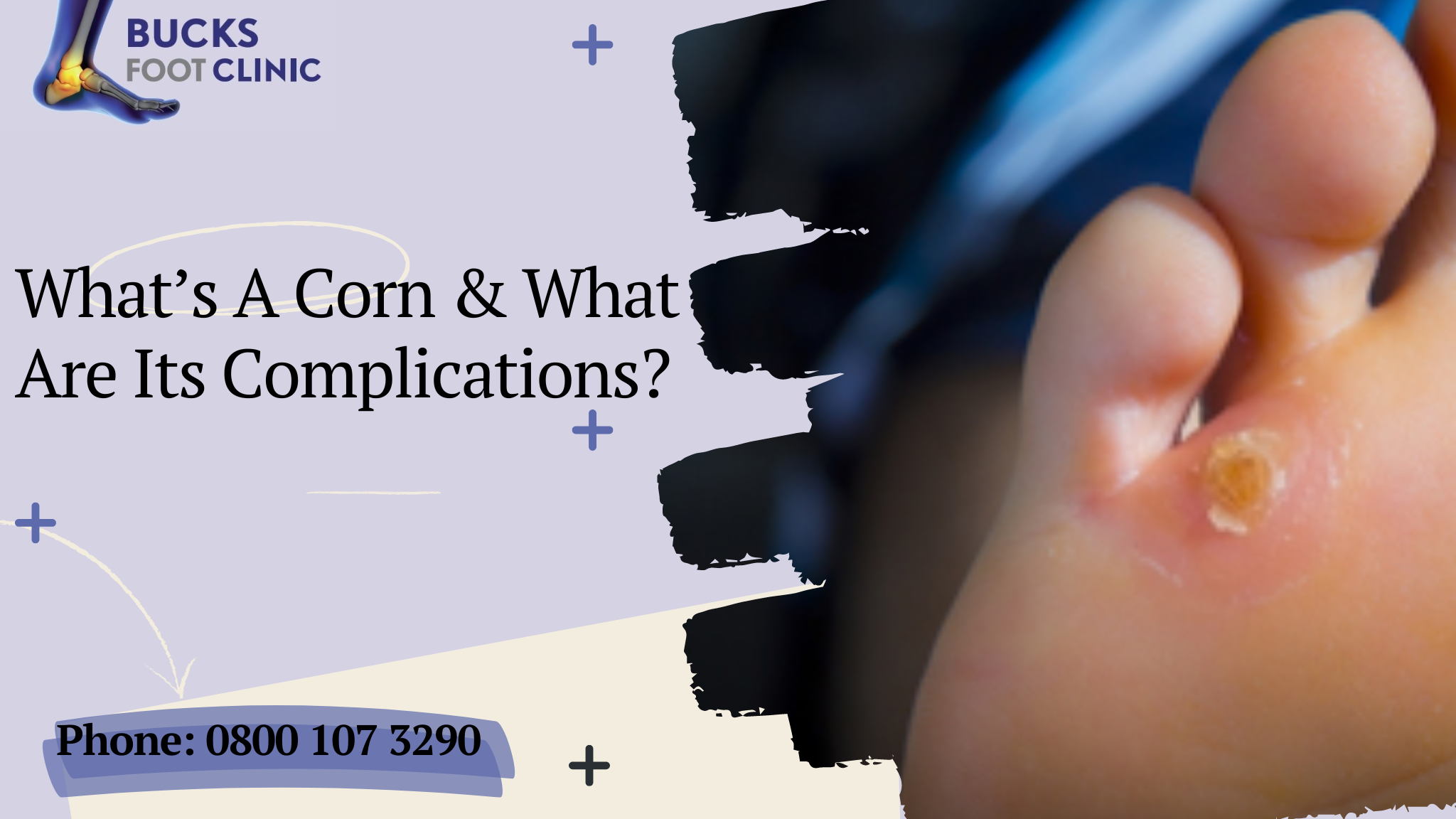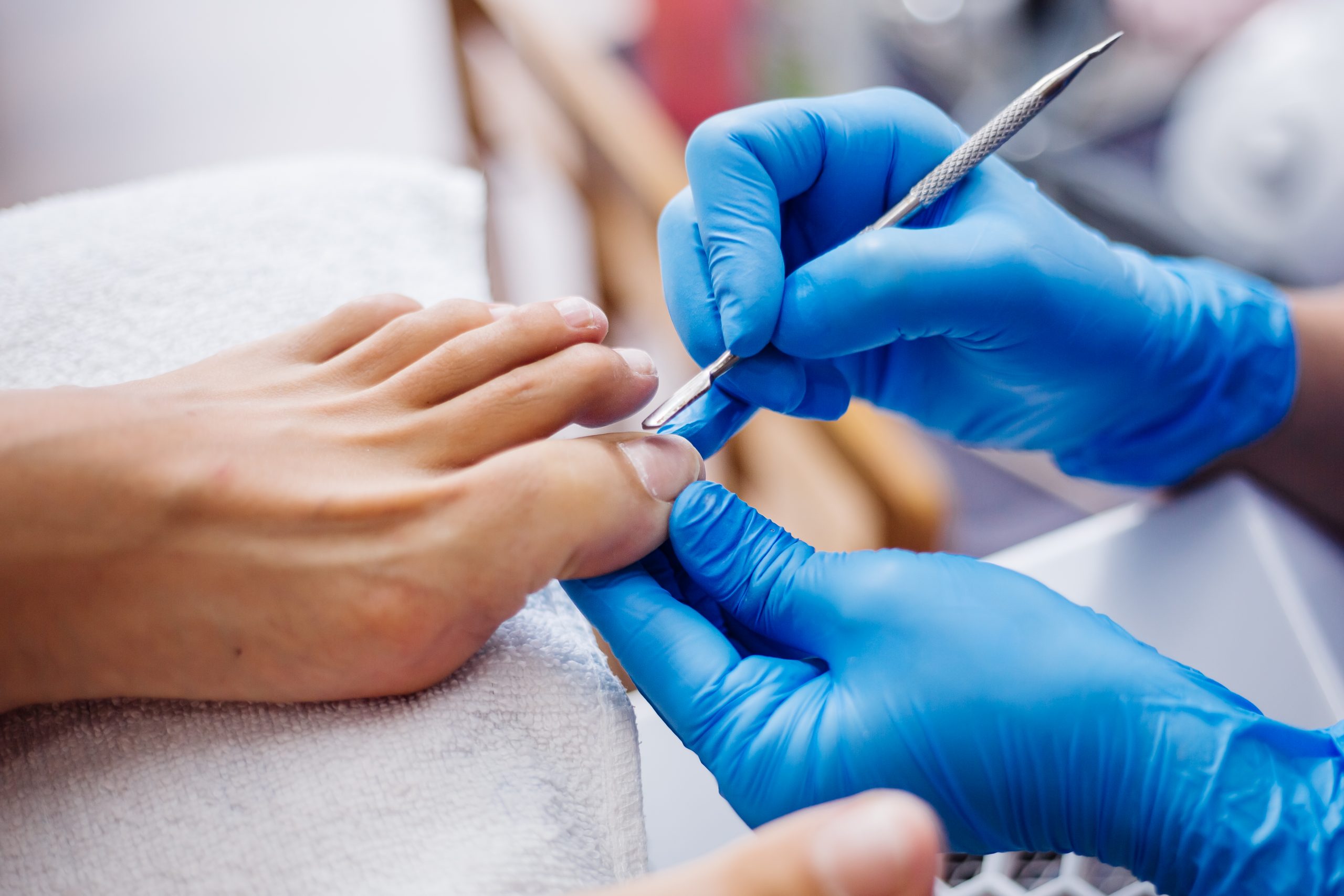
verruca treatment : In this article, we’ll look for answers to questions like “does a podiatrist treat verrucas?” or “do podiatrists treat verrucas?”. Although foot conditions are a really common issue around the world, the role of podiatrists in it remains lesser known.
Though they’re not as popular, they are quite proficient in their jobs around the world. Moreover, people with experience of complications with verrucas have first hand experience of how podiatrists treat verrucas. Below you’ll learn about basic as well as advanced levels of verruca treatment podiatrists can give in the UK. Keep reading to learn more.
What do Podiatrists Specialise in?
Podiatrists specialise in treating various ailments of the feet, ankles, and lower limbs. Many illnesses can be prevented, identified, and treated with their assistance. They can also handle issues with the feet brought on by underlying illnesses like diabetes and arthritis.
Certain exercises, using shoe inserts tailored to fit your feet, or drugs to treat skin issues may all be suggested by your podiatrist. Sports, kids, and workplace health are just a few of the areas of practice that some podiatrists specialise in.
Traditional Methods for Verruca Treatment
Most of the time, people take advice from their local pharmacist on how they should treat their verrucas. Moreover, people often opt to buy over-the-counter medicines from them as well. The over-the-counter meds that can be used to treat verrucas generally have Salicylic Acid in them.
The verruca’s top layer burns off due to salicylic acid. You have to put a lot of effort into the treatment as you need to remember to use the solution on a daily basis and spend time scraping off the dead skin from the verruca’s top every few days. The verruca may disappear in three months if you follow the therapy regimen exactly. When working with salicylic acid, it’s crucial to be well-versed with the appropriate safety measures. This method is also popular by the name ‘Acid Based Treatment’. Although these treatments can be effective in some cases, it may not work for people who have special conditions like diabetes. In such cases, it is important to consult with a podiatrist before trying out any treatment on your own.
How do Podiatrists Treat Verrucas?
As mentioned above, in some special cases like for people who have diabetes, etc, there may be serious complications. Here are some treatments that a podiatrist can provide:
Cryotherapy
Cryotherapy is the procedure of freezing a verruca, whereas the traditional methods mentioned above practically burns the verruca out. Several chiropodists employ this form of freezing treatment to remove verrucas because it is so popular. They spray liquid nitrogen onto the verruca to carry out the procedure. The tissue of the verruca is destroyed by the liquid nitrogen when it starts to thaw. Although it may require as many as six treatments every few weeks apart in order to entirely eradicate the verruca. This method frequently yields speedier results than other forms of therapy. The drawbacks can include painfulness or tiny blisters to form close to the area of the treatment, etc.
Electrosurgery
This method involves administering a local anaesthetic close to the nerves feeding the area that needs treatment. The tissue with the infection is then ready for removal using the radiolase. After that the podiatrist applies pressure-relieving pad and antiseptic dressings (in case the area is weight bearing). 94 percent of verrucae cases respond to one treatment entirely, while the remaining 6 percent of lesions need a second. Also, you need to pay attention to the post-treatment care of the area affected.
Microwave Therapy
To treat skin damaged by a verruca, microwave energy is administered to the area using a specialised disposable probe. The heat produced by the microwaves in the tissues aids in the body’s production of an immune response to get rid of the virus that is causing the lesions.
Does a Podiatrist Treat Verrucas for People with Complications?
Podiatrists can treat people with complications such as diabetes, arthritis, etc. They often work with other specialists like dermatologists as a team. Additionally, there are some other treatments such as excisional surgery similar to electrosurgery, laser surgery and needling as well.
In any case, the best thing to do is to first consult with your podiatrist about your foot conditions.
It can be much easier for you to figure out the best way to deal with them without having to go through any struggle on your own.
Conclusion
To summarise, depending on your own fitness and decision, a podiatrist can suggest various effective treatments. Although verrucas tend to go away on their own without needing any treatment, it still varies from people to people. If you want to learn more about the verruca treatments podiatrists have to offer, Bucksfoot is the place for you. Visit our website to learn more.





Recent Comments